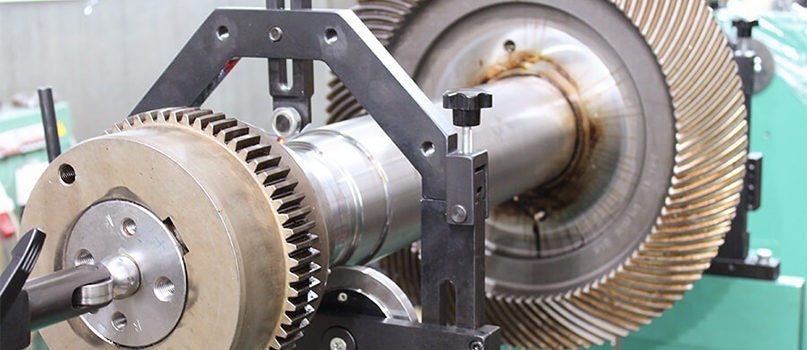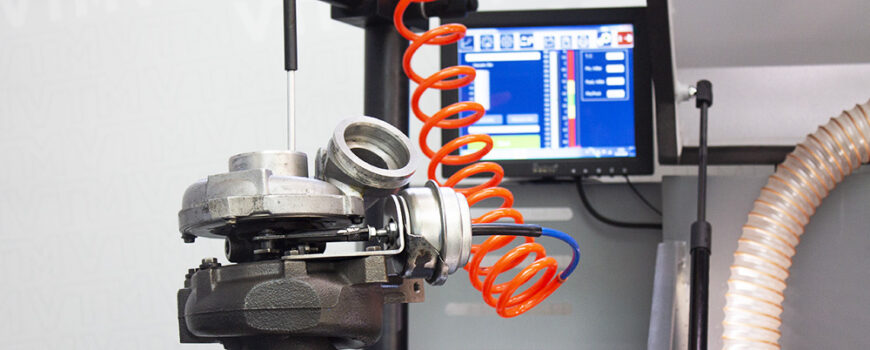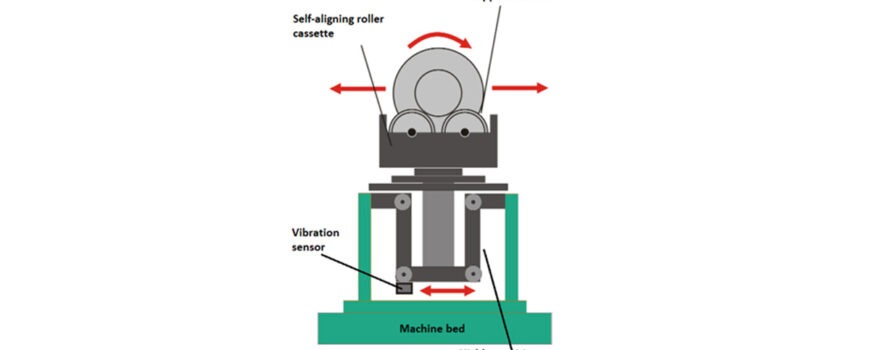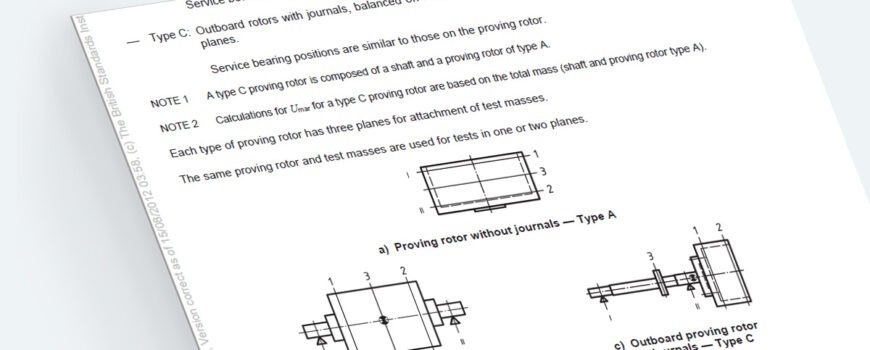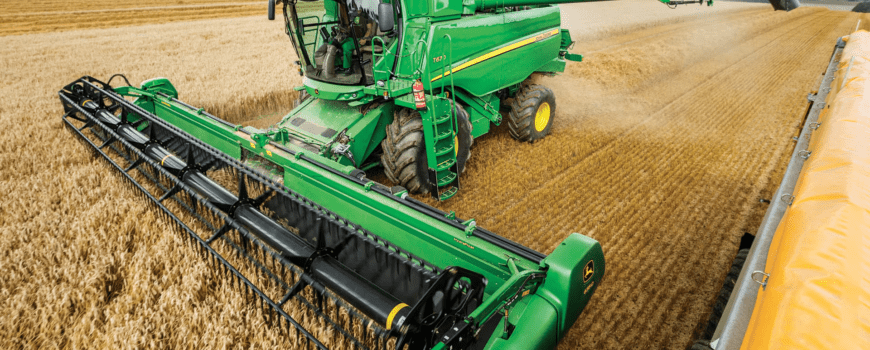|
Balance Grade, mm/s |
Machinery Examples |
|---|---|
|
G 4000 |
Crankshaft drives for large, slow marine diesel engines (piston speed below 9 m/s), inherently unbalanced |
|
G 1600 |
Crankshaft drives for large, slow marine diesel engines (piston speed below 9 m/s), inherently balanced |
|
G 630 |
Crankshaft drives, inherently unbalanced, elastically mounted |
|
G 250 |
Crankshaft drives, inherently unbalanced, rigidly mounted |
|
G 100 |
Complete reciprocating engines for cars, trucks and locomotives |
|
G 40 |
Cars: wheels, wheel rims, wheel sets, drive shafts |
|
G 16 |
Agricultural machinery |
|
G 6,3 |
Aircraft gas turbines |
|
G 2,5 |
Compressors |
|
G 1 |
Audio and video drives |
|
G 0,4 |
Gyroscopes |
Guidance for balance quality grades for rotors with rigid behavior
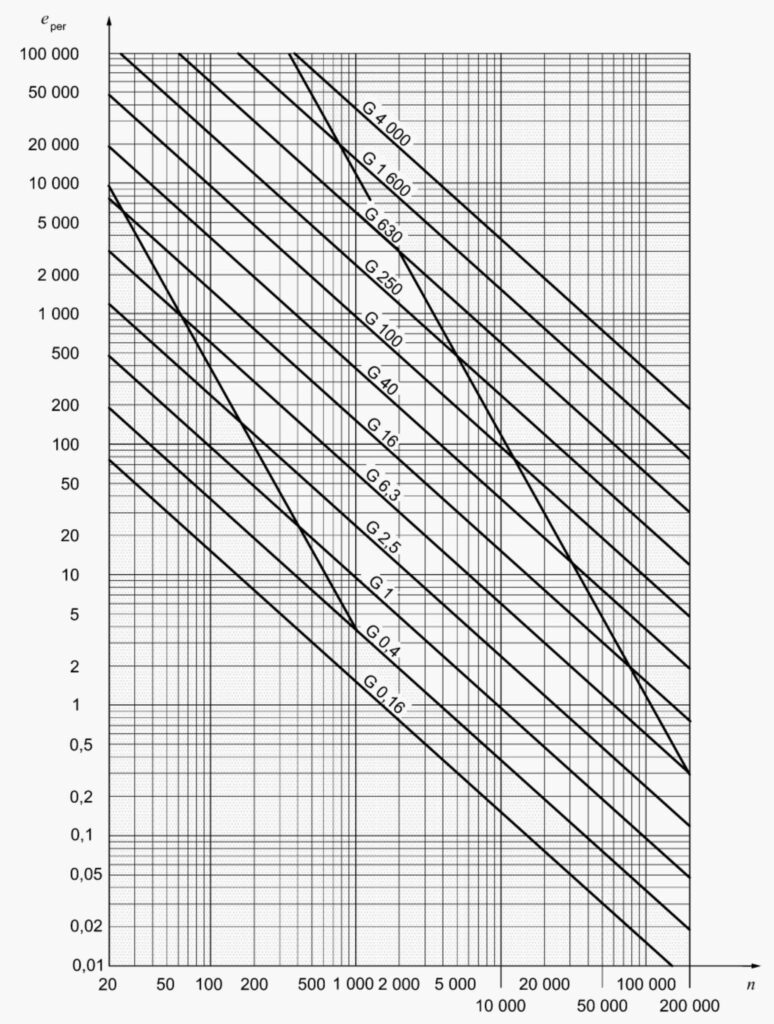
Permissible residual specific unbalance based on balance grade G and service speed, n
